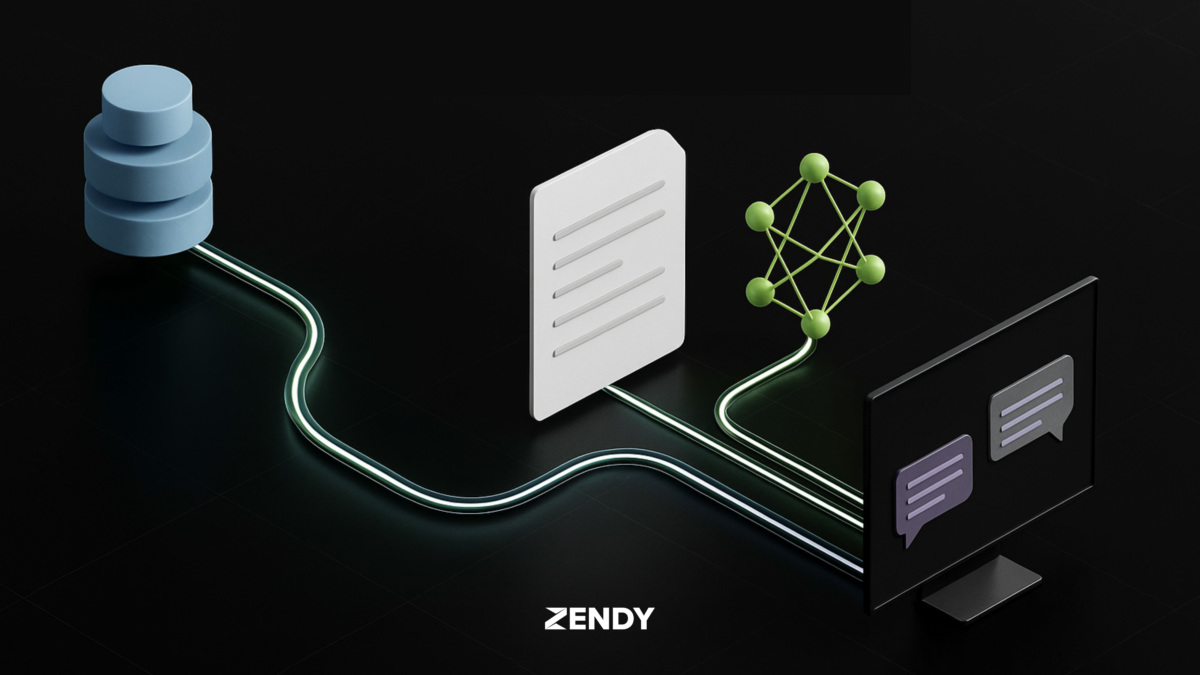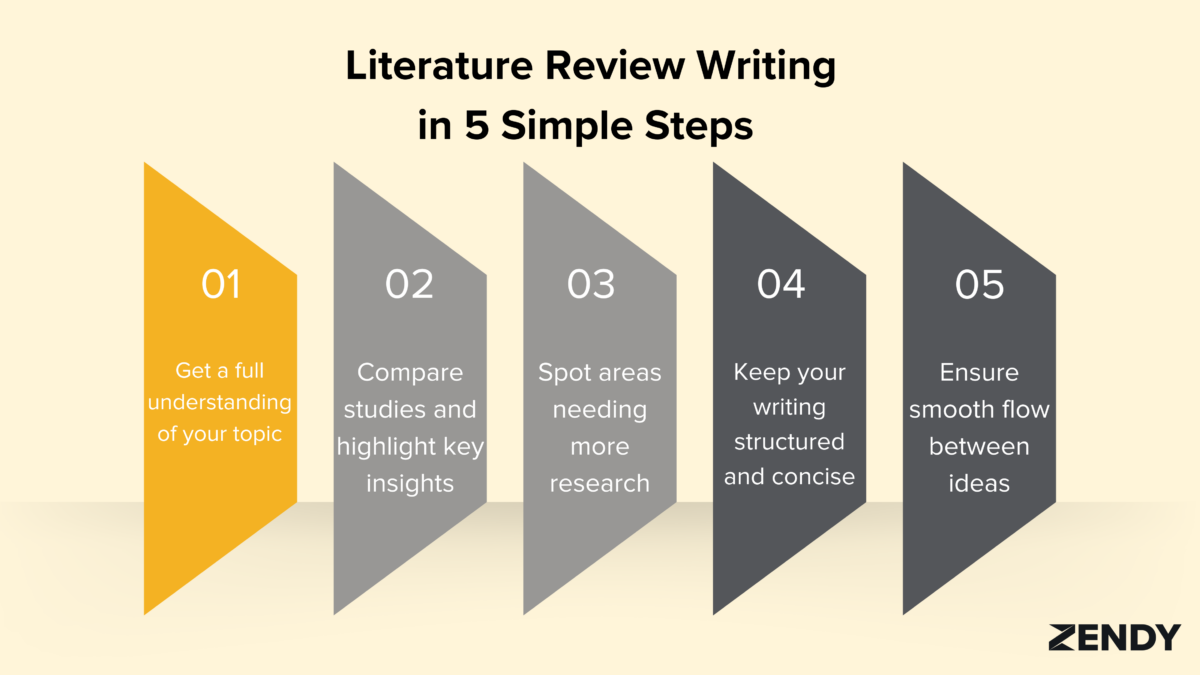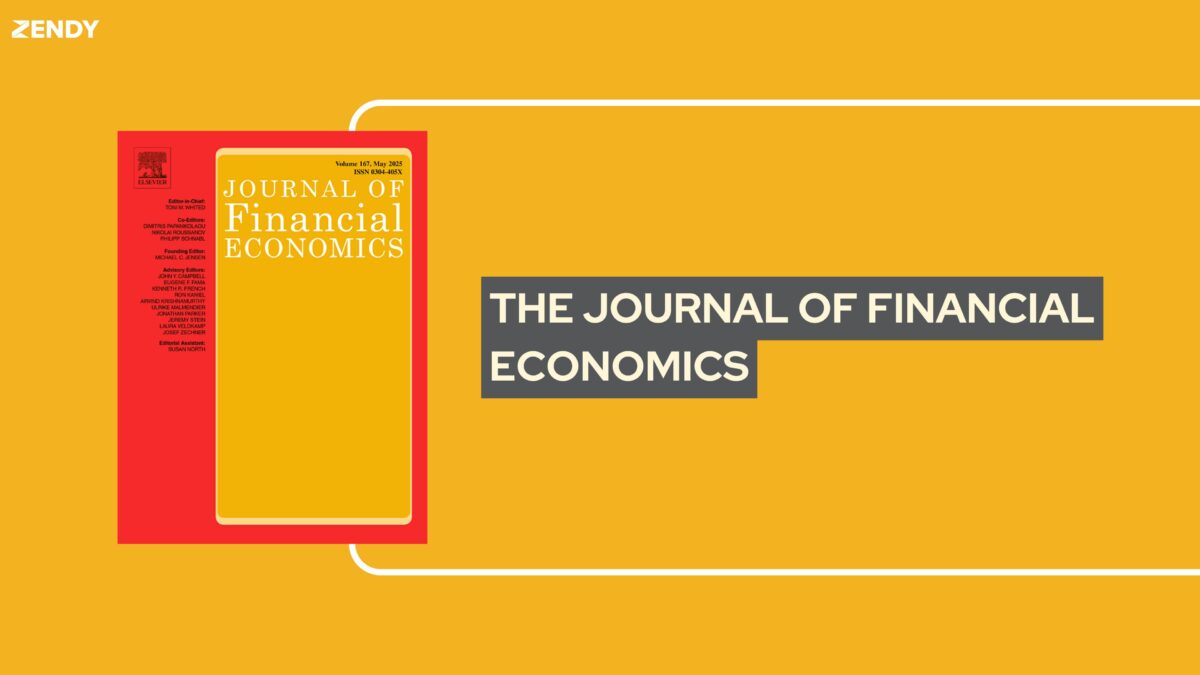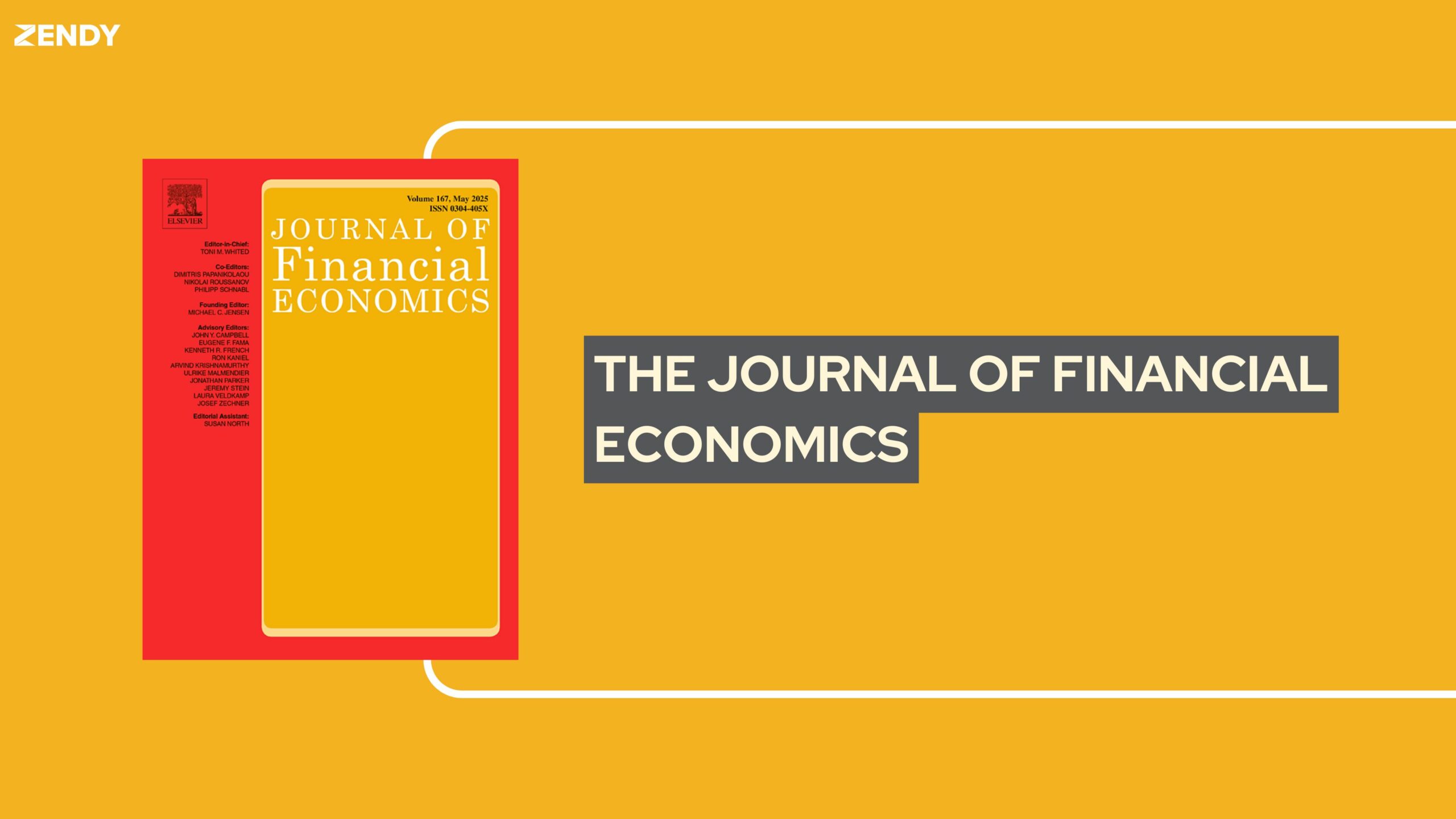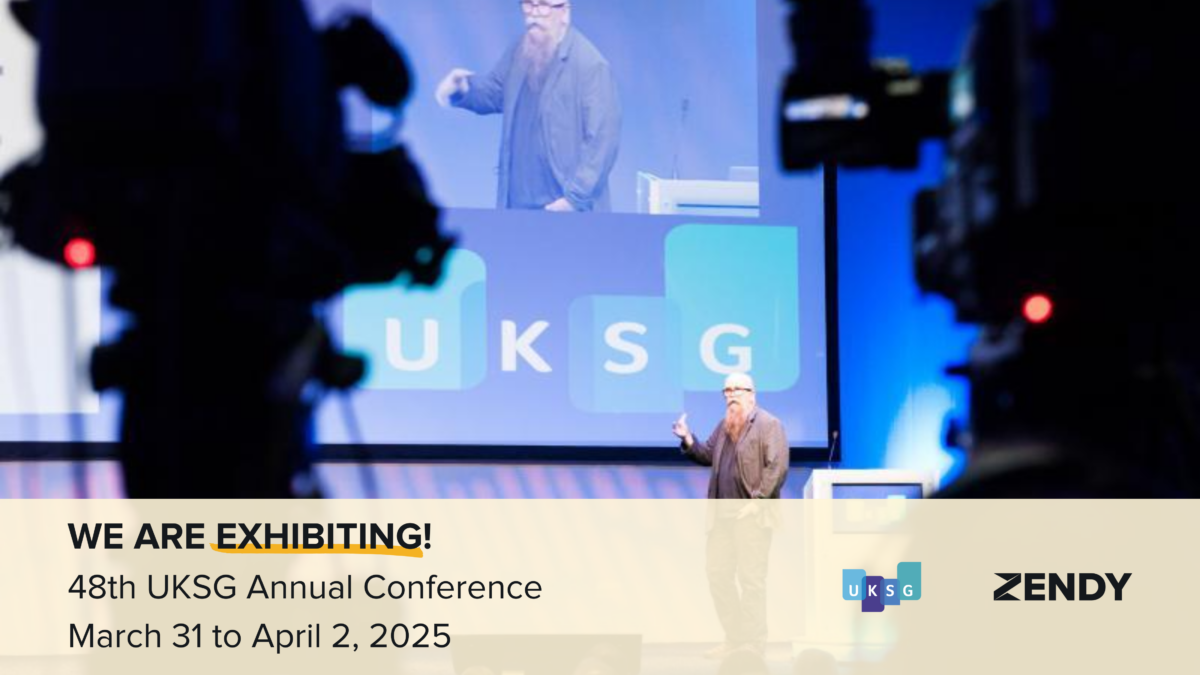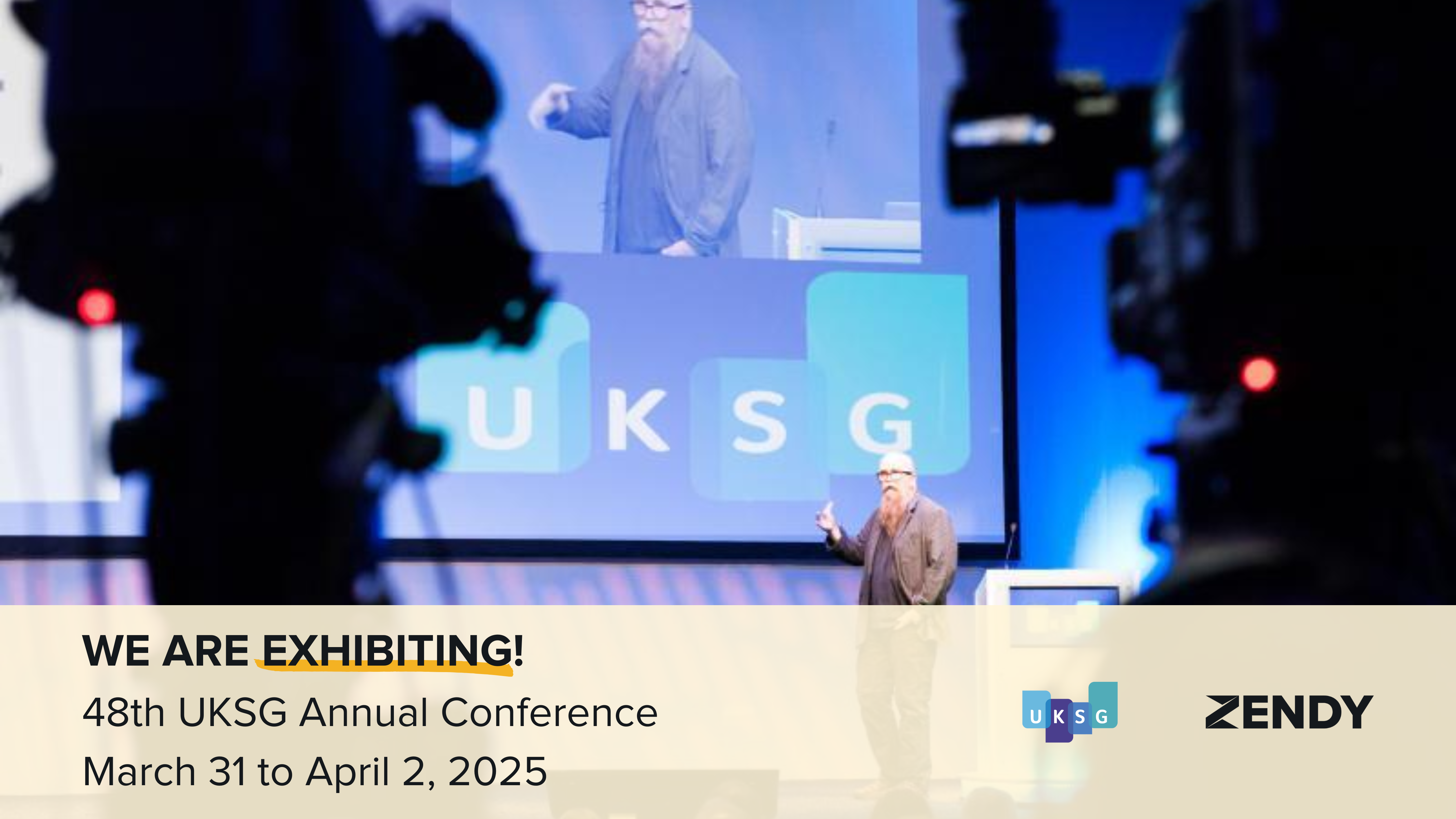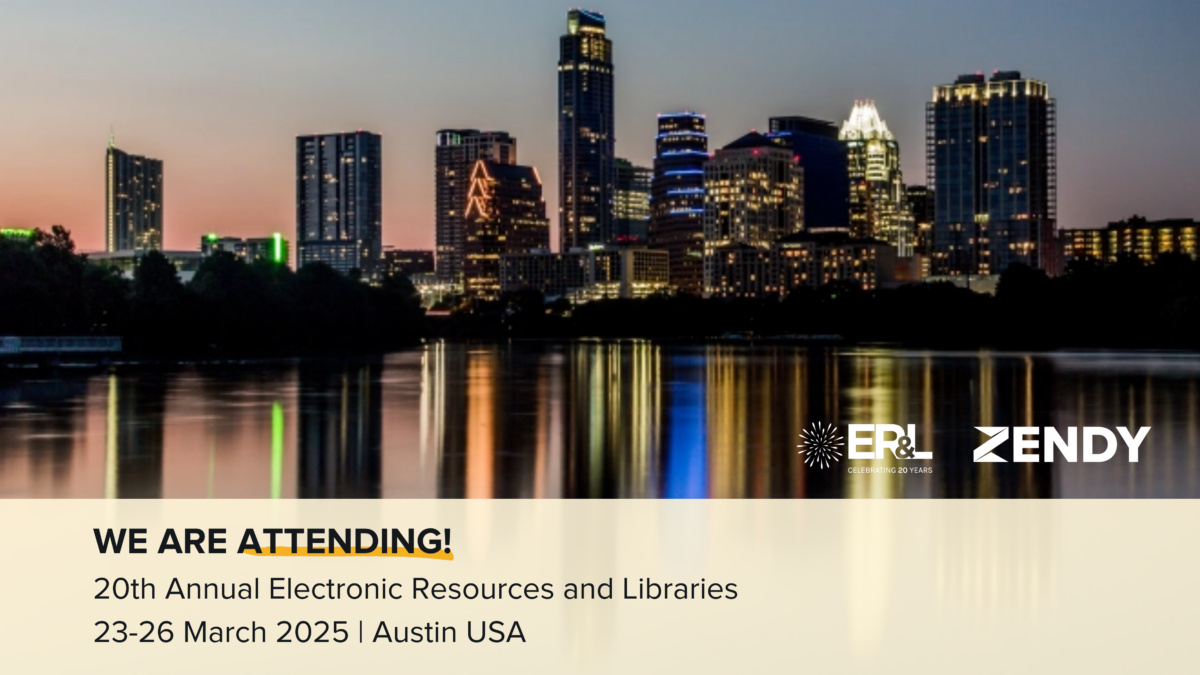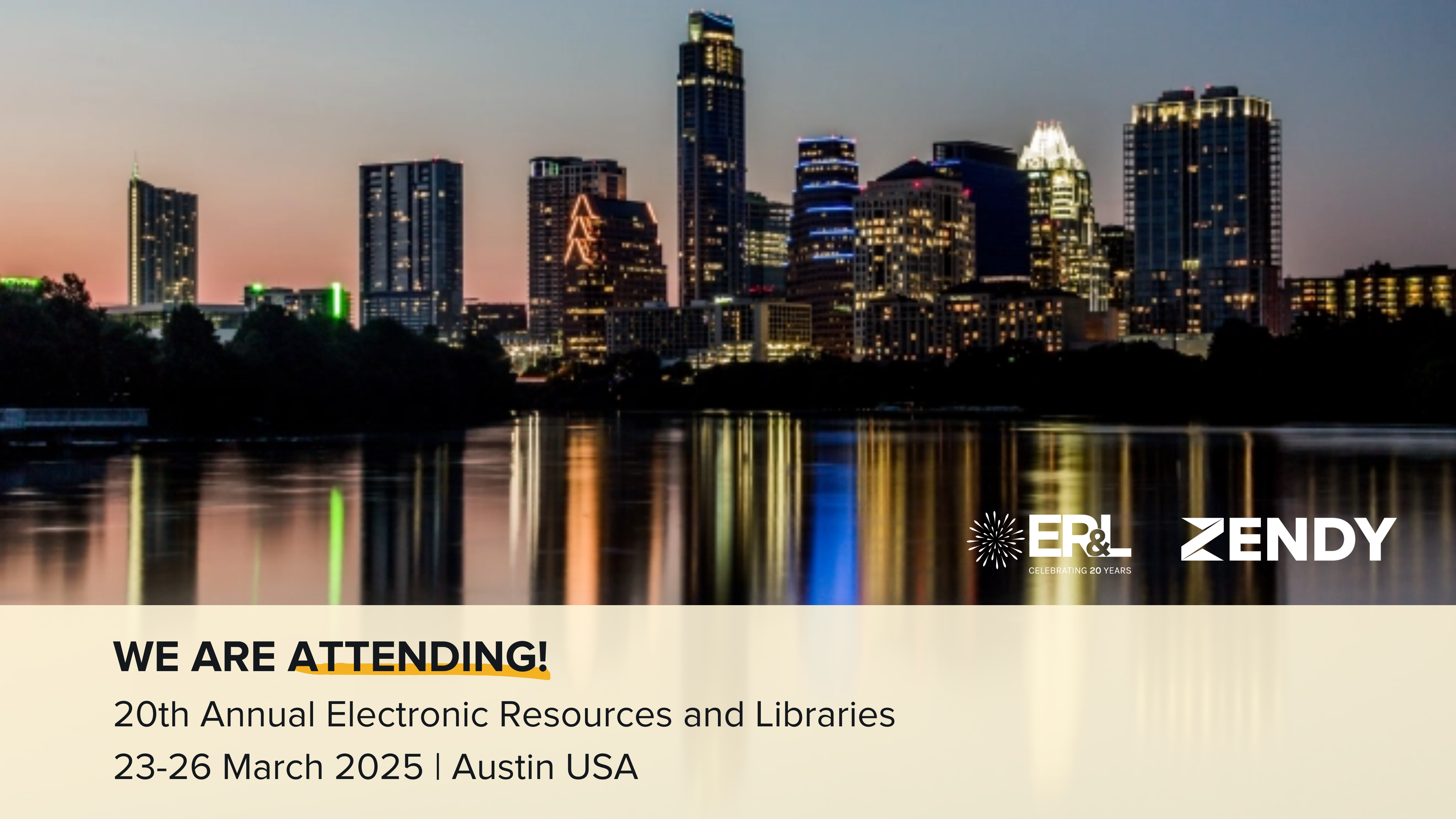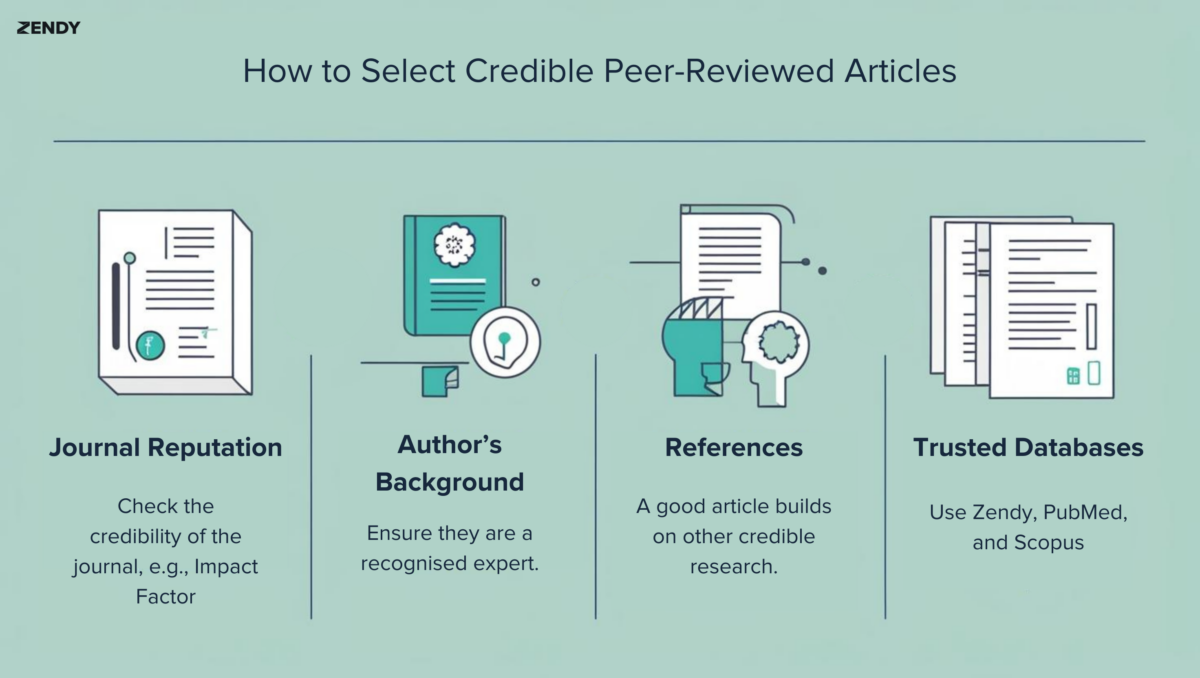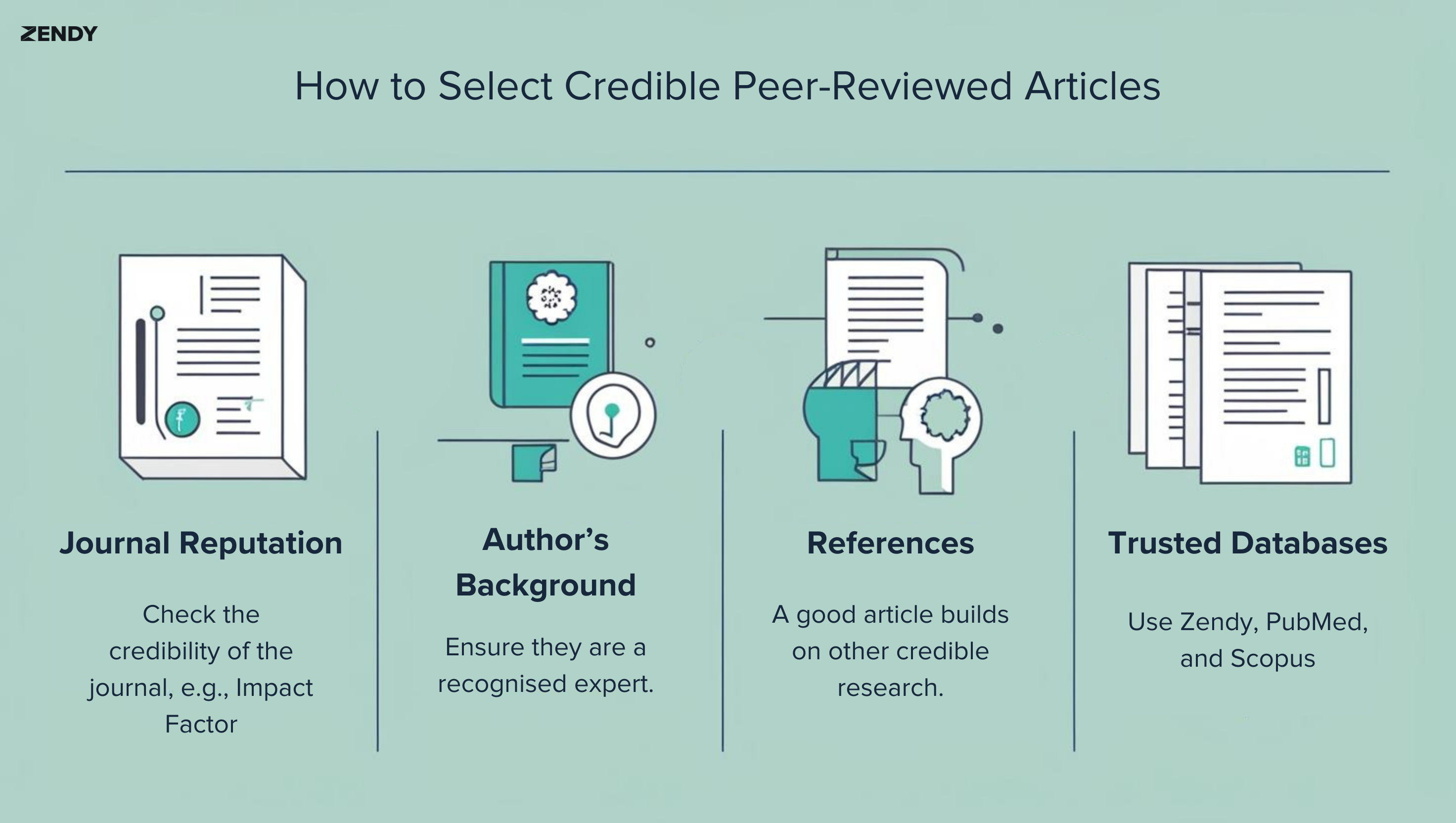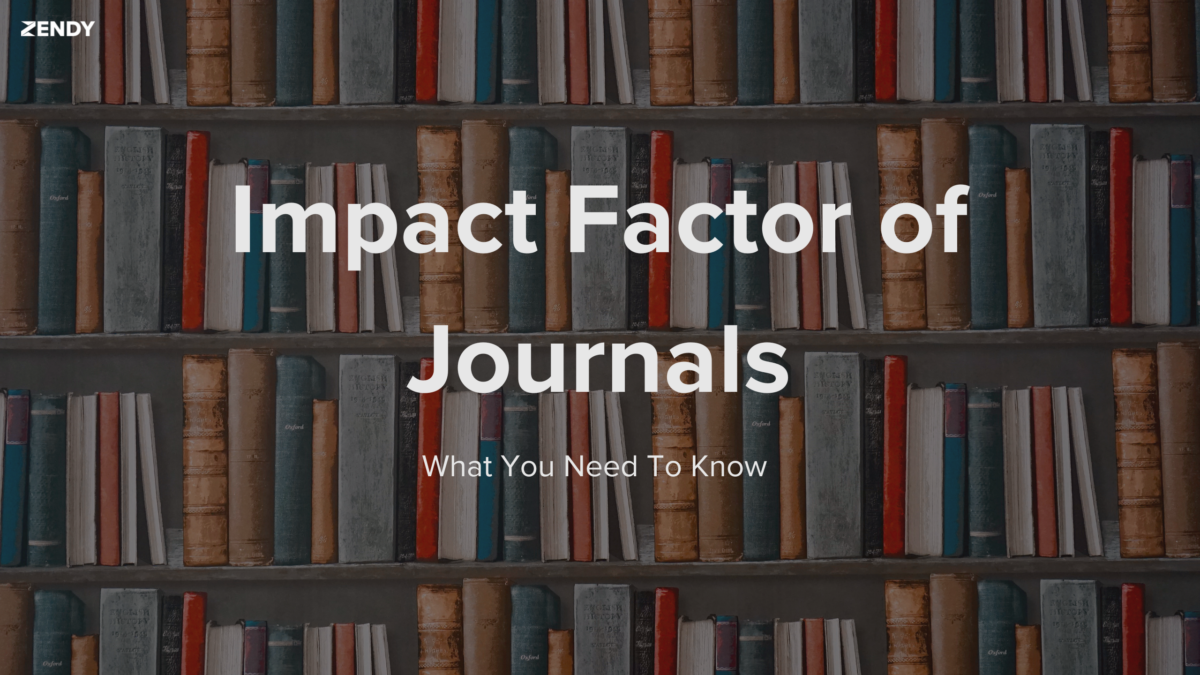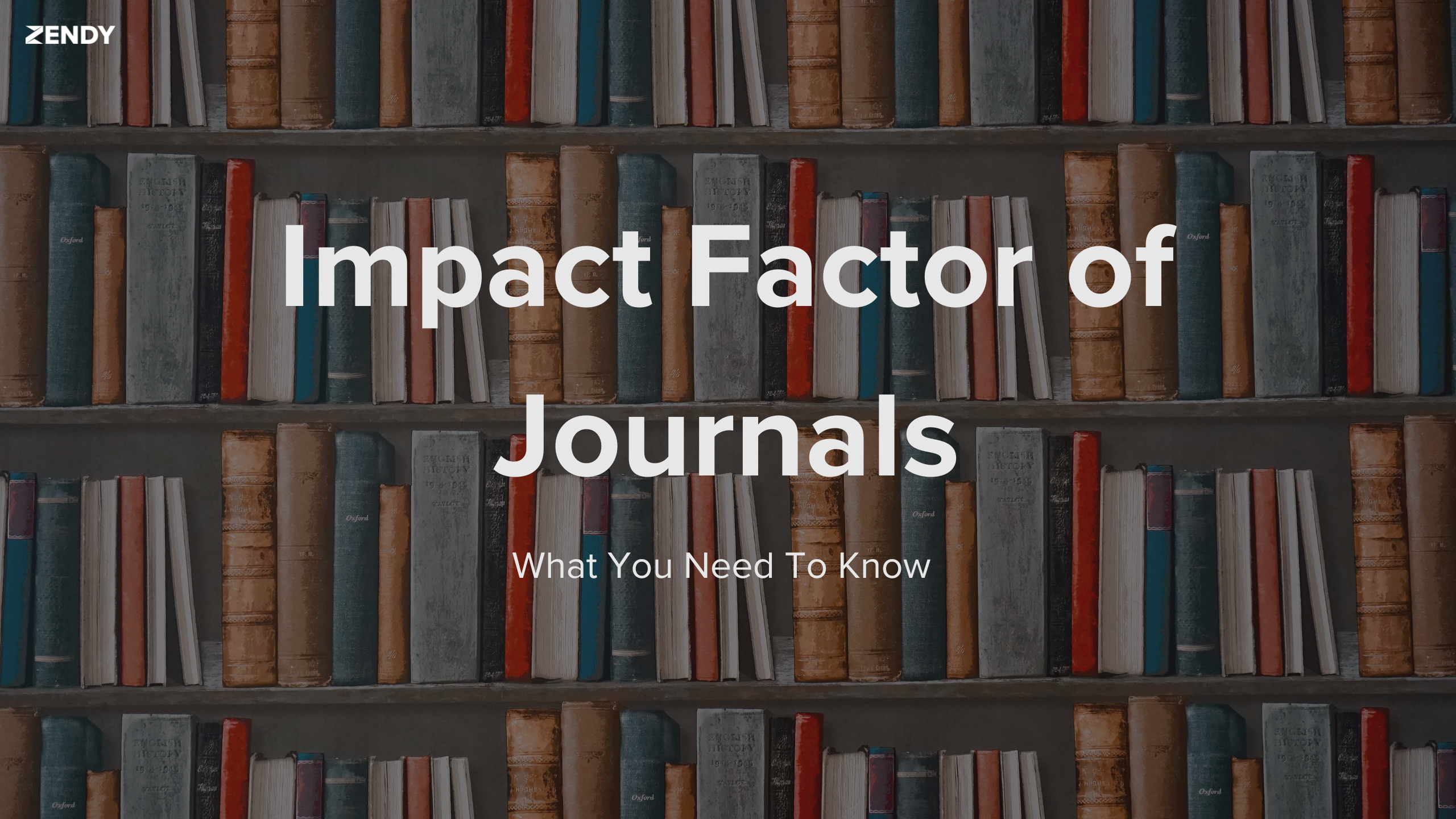
Dubai, UAE – June 2025 – Zendy, the AI-powered research library, has integrated open-access data from the Organisation for Economic Co-operation and Development (OECD) into its platform and AI research assistant, ZAIA. This strategic addition allows users to explore and interact with one of the world’s most trusted sources of economic, social, and policy data directly through Zendy’s intuitive search experience.
Founded in 1961, the OECD—known for its comprehensive and rigorously curated datasets across sectors such as education, environment, health, and development—has recently made its data openly accessible. Making this data available on Zendy enables researchers and students around the world to access critical statistics and indicators, empowering evidence-based decision-making and academic exploration.
With over 770,000 users across 191 countries and territories, Zendy continues to remove barriers to knowledge by equipping its global community with high-quality, relevant content. The integration of OECD data into Zendy’s library and its AI assistant, ZAIA, empowers users to ask complex questions and receive data-enriched answers within seconds.
The inclusion of OECD data strengthens Zendy’s mission to promote educational equity and democratise access to the latest research datasets. OECD’s indicators provide essential context and insights for research projects, policy development, and business analysis. These valuable resources are now easily accessible through ZAIA’s AI-powered assistant and Zendy’s search platform.
This move builds on Zendy’s commitment to creating an inclusive digital research environment where high-value content and AI-powered tools work hand-in-hand to support learning and discovery.
For more information, please contact:
Lisette van Kessel
Head of Marketing
Email: l.vankessel@knowledgee.com
About Zendy
Zendy is an AI-powered, mission-driven library committed to enhancing the accessibility and discoverability of scholarly literature, particularly in the Global South and underserved regions. Today, the library supports over 770,000 users across 191 countries and territories, offering a comprehensive collection of academic journals, reports, and research tools to empower educators, students, and professionals worldwide.
About the OECD
The Organisation for Economic Co-operation and Development (OECD) is an international organisation that promotes better policies for better lives. With 38 member countries, the OECD provides a platform for governments to collaborate, share experiences, and develop solutions to common problems. It collects and publishes data on a wide range of topics, supporting informed policymaking and global development efforts.



